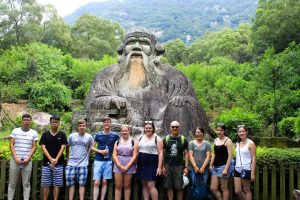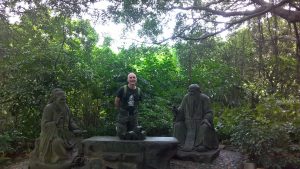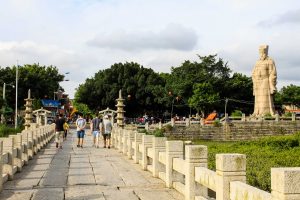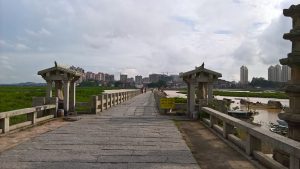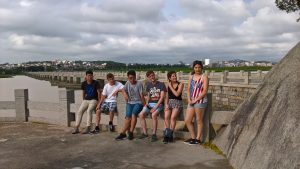Quanzhou Tour
At the start of our second week in Xiamen, we travelled to Quanzhou. A few hours’ drive from Xiamen, so we all managed to get a well needed rest on the journey! I was surprised to discover that Quanzhou is the most populous city in Fujian province with 8 million inhabitants. It’s biggest industry is tea and it is the home of Tieguanyin, one of China’s most famous Oolong teas.
Quanzhou was also the starting point for the Maritime Silk Road and the population have diverse ethnic origins. The diversity is evident in the Buddhist temples where icons from Christian and Hindu religions can also be found.
The old maritime museum at Kaiyuan temple contains the remains of a Song dynasty junk from the 13th Century, which was dug up from the harbour in Quanzhou. It was roughly 40 metres long! Columbus’s ship, the Santa Maria built in the 15th Century, was only 18 meters.
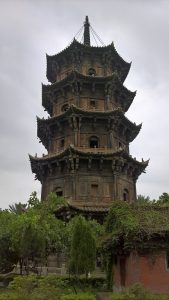
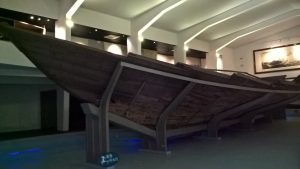
Cathy, our tour guide, was an incredible source of knowledge – she taught us a lot throughout the trip. When we arrived in Quanzhou, I immediately noticed the vast amount of stone carvings in the city. The streets were lined with carvings for sale, some small but some extremely large. The reasons for this became clear when Cathy took us to our first stop, the gardens just outside of the wall surrounding Quanzhou. The city is famous for its granite carvings, even exporting them abroad to countries such as Japan. The detail in these carvings was amazing and the intricacy was hard to believe.
The gardens were the most beautiful that I have ever seen, with statues throughout, including the happy Buddha. Fujian province is a very green province with a lot of flora growing there. This makes it an ideal place to visit as although there are elements of development, many green spaces still exist.
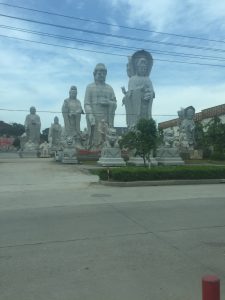
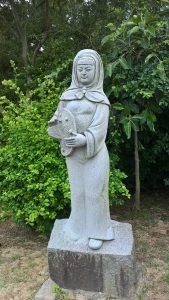

Quanzhou is also famous for this wall which was built to protect the city from the outside world, mainly from anyone who may come from the sea (which is just outside of the wall). The wall has survived remarkably well and we were even able to stand on top and look out over the water and the gardens.

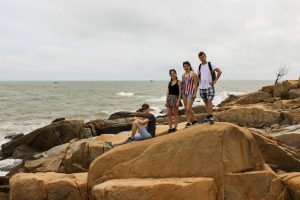
In Quanzhou we also visited the Buddhist temple. Here I learnt that the turtles found at the temples are often saved from food markets. People purchase them, and instead of eating them, they let them go into the temple ponds where they will be looked after, in order to prevent their deaths. Although not religious myself, the temples all felt very special to me. As it is with many religious places, I found that seeing people worship in a place that is so sacred to them, gives the place a unique feeling which was a pleasure to experience.

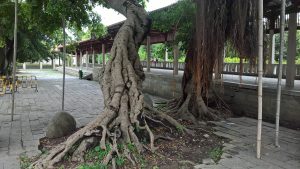
After a well needed nights sleep in Quanzhou, early the next morning we visited Qinyuan Mountain . Whilst it was an amazing experience to climb the mountain, it was no easy task and by half way up, everyone was drenched in sweat! Despite this, and the many blisters I gained from the walk, it was one of the most rewarding experiences of my life and I was proud that I made it as far as I did.
Finally, before returning to Xiamen we visited Luoyang bridge, one of China’s famous 4 bridges, originally contstucted over 1000 years ago from massive stone slabs. It’s now 750m long about half its original length.
